Unearthing the truth about the common eagle ray
There are still many questions about the Critically Endangered ray that frequents South Africa’s coastline. Foremost among them: is this the common eagle ray, or is it something previously undescribed? Michelle is using a combination of techniques to find out whether the eagle rays of the north-eastern Atlantic Ocean are the same species as those in South Africa. She will determine the connectivity between populations along the southern African coastline and use acoustic telemetry to track their residency patterns, identifying habitats that are critical to their survival.
The ocean cast a spell on me when I was very young. The first time I was asked what I want to do when I grow up, the answer was clear-cut: ‘Play with sharks’. All my school holidays were spent exploring the treasures at the high-water mark and the inhabitants of rock pools. All while watching my grandfather fish.
From beach hopping I plunged into the underwater world of scuba diving, witnessing the serenity and slow motion of the deep blue realm, where we are guests in someone else’s home; seeing the graceful yet purposeful movements of all...
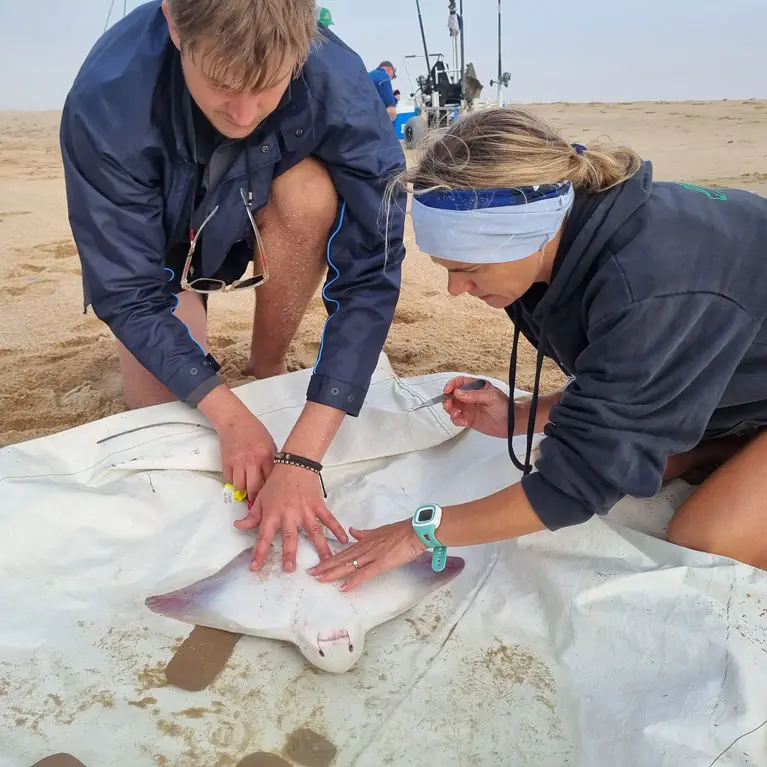

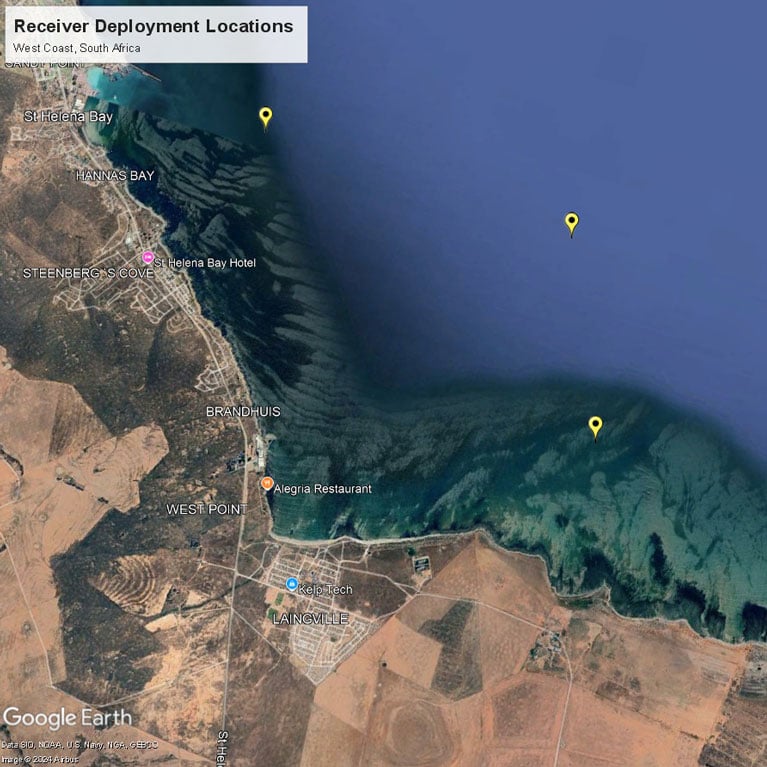
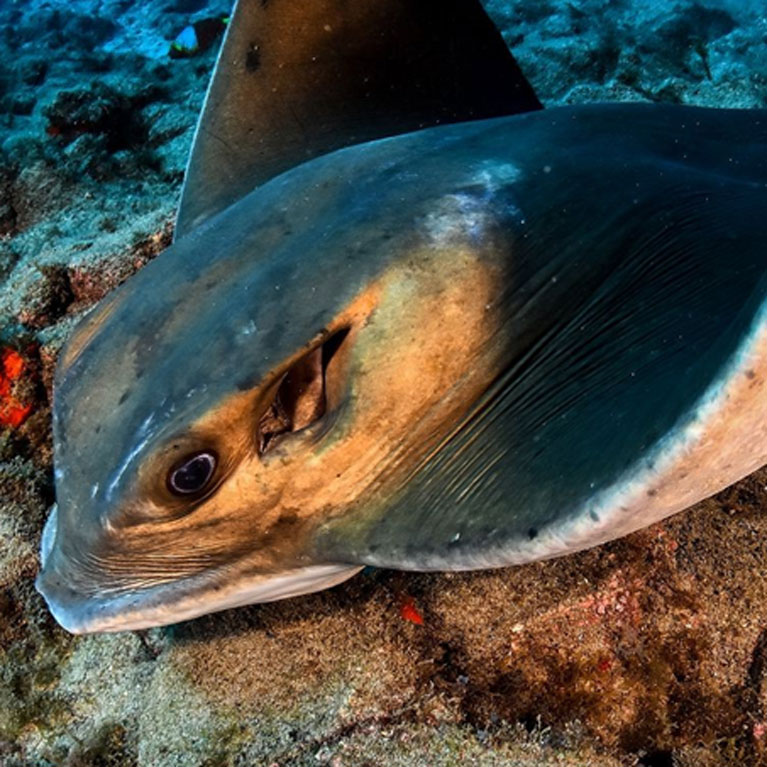
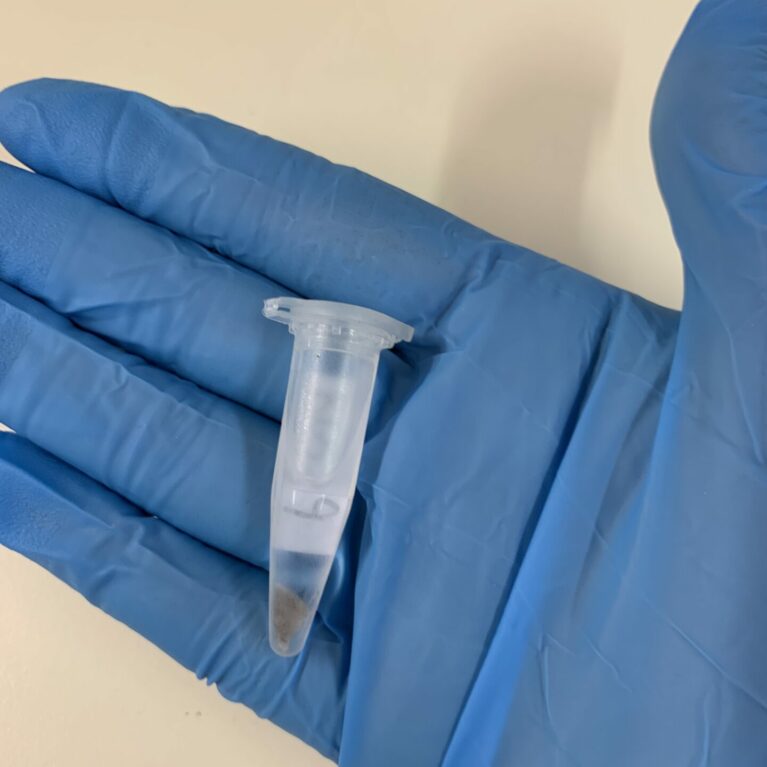
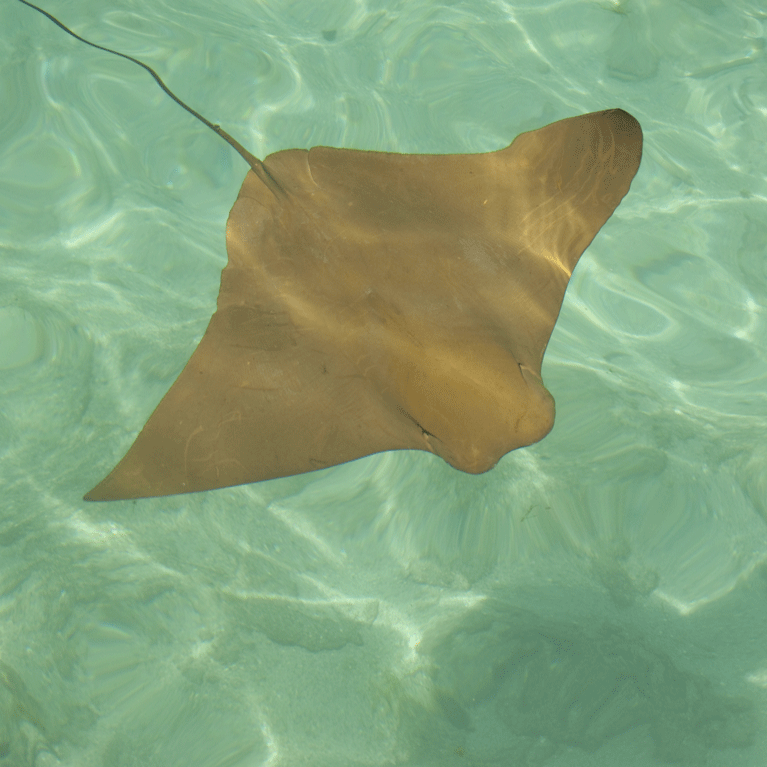
Movement behaviour, population connectivity and taxonomic clarification of the Critically Endangered eagle ray Myliobatis aquila
To provide improved ecological information about a coastal ray species found along much of South Africa’s coastline. The project will confirm whether the species is the common eagle ray or something previously undescribed, confirm the distribution range and provide information about its populations and movement patterns.
The common eagle ray is listed as Critically Endangered, based on a perceived reduction in population size of more than 80%. Through this project, we will fill in current knowledge gaps – population structure, how genetically connected this species is in southern Africa, and movement ecology – which will lead to improved conservation and management of this important coastal stingray species, and education about it.
One-third of all shark and ray species are threatened due to overfishing, with five of the seven most threatened families being rays. The common eagle ray Myliobatis aquila is a large coastal ray species, and although not commercially targeted, it is caught as bycatch in trawl, gill-net, trammel-net, longline and hook-and-line fisheries throughout its distribution. The distribution of common eagle rays is intriguing, as it is believed to be almost continuous from the Mediterranean through the East Atlantic tropics, cold-temperate South Atlantic and tropical reaches of the east coast of Africa. This means it is found in waters ranging in temperature from about10 °C to 30 °C, which is quite unusual for a coastal species. There also appear to be more eagle rays at 15 °C and 20 °C, and 25 °C and 30 °C, with a break, or at least very few present, between 20 °C and 25 °C, suggesting that there may be separate temperate and tropical populations (or species) of common eagle ray. Therefore, understanding the biogeographic patterns is crucial for developing future conservation strategies for this Critically Endangered species – particularly given the possibility that there may be different species – and for then prioritising the remaining ‘stable’ population in South Africa. Interviews with recreational anglers in South Africa have revealed that, of all regulations currently in place, anglers were most compliant with spatial regulations, suggesting that they would most readily accept protected areas. However, to ensure that protected areas provide maximum conservation benefits for a species such as the common eagle ray, it is important to assess its movements and residency patterns to identify critical habitats for protection.
The main aim of this project is to fill critical data gaps by answering key taxonomic and ecological questions to inform improved conservation strategies for the common eagle ray in southern Africa. Specific objectives include:
- Determining whether common eagle rays in the north-eastern Atlantic and those along the southern African coastline are the same species, using phylogenetic and morphological approaches.
- Determining the connectivity of common eagle rays within their southern African distribution, using a population genetic structure assessment.
- Determining connectivity and residency patterns, and identifying critical habitats of the common eagle ray in the southern African region, using acoustic telemetry.

